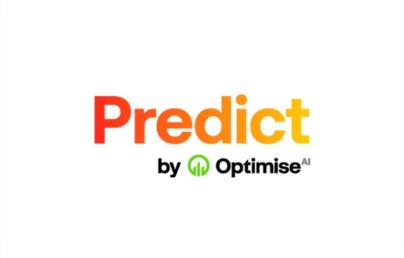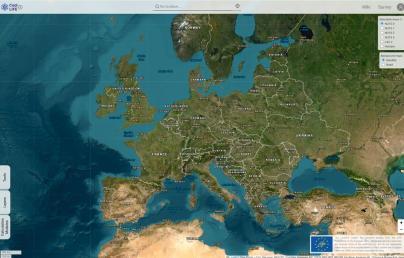
Kaleidoscope: Embodied Carbon Design Tool

Kaleidoscope: Embodied Carbon Design Tool
Kaleidoscope is a tool which supports Life Cycle Assessments (LCAs) in the early design stage. This allows the designers to have a clear view of the embodied carbon impacts of various design options and thereby to make the final decision.
Life Cycle Assessments, or LCAs, measure the environmental impacts (including embodied carbon) of materials we use, including the energy used to extract it to the emissions caused by its demolition.
In a typical code building with a 60 year lifespan, the operational carbon is a larger contributor to carbon emissions. When we look at a high performance project, the embodied carbon starts to be a larger portion of the overall percent of emissions. However, we know that there is a time value to carbon. The Intergovernmental Panel on Climate Change (IPCC) issued a report that states we need to drastically cut carbon emissions by 2030 if we are to meet the Paris Agreement. If we use this initial embodied carbon lens, then embodied carbon emissions far outweigh operational; illustrating the importance that we must consider both the operational carbon and embodied carbon when designing.
How to use Kaleidoscope
Kaleidoscope is designed to supplement, not replace, whole-building LCA in early design phases. It is meant to be a reference for order of magnitude of early LCA decisions allowing designers to quickly compare the embodied carbon impacts of various standard building systems and design options.
Methodology of the tool
This tool compares typical industry building systems in an apples-to-apples manner by using the same module and system boundary for each building system. Tally was used to generate the LCA analysis.
Multiple lenses are available to view the data. One lens is removing Module D, or the LCA impacts associated with reuse potential outside the system boundary. We suggest removing Module D due to the uncertainty of the end of life of materials. As well as when we take into account the time value of carbon, and view data for only the initial carbon, the product will ideally still have a useable lifespan. For the 60 year lifespan we give you the choice to include Module D, as it is optional in American ISO LCA standards.
The “All Impacts” graph shows all environmental impacts in one graph using weighting per the impact category’s importance. While global warming potential is the most crucial to combat climate change, it is important to consider other environmental impacts.
- Global Warming Potential………….. 54%
- Non-Renewable Energy Demand… 18%
- Eutrophication Potential…………….. 11%
- Smog Creation Potential…………….. 7%
- Acidification Potential…………………. 6%
- Ozone Depletion Potential…………… 4%
Find more information of the tool here.

